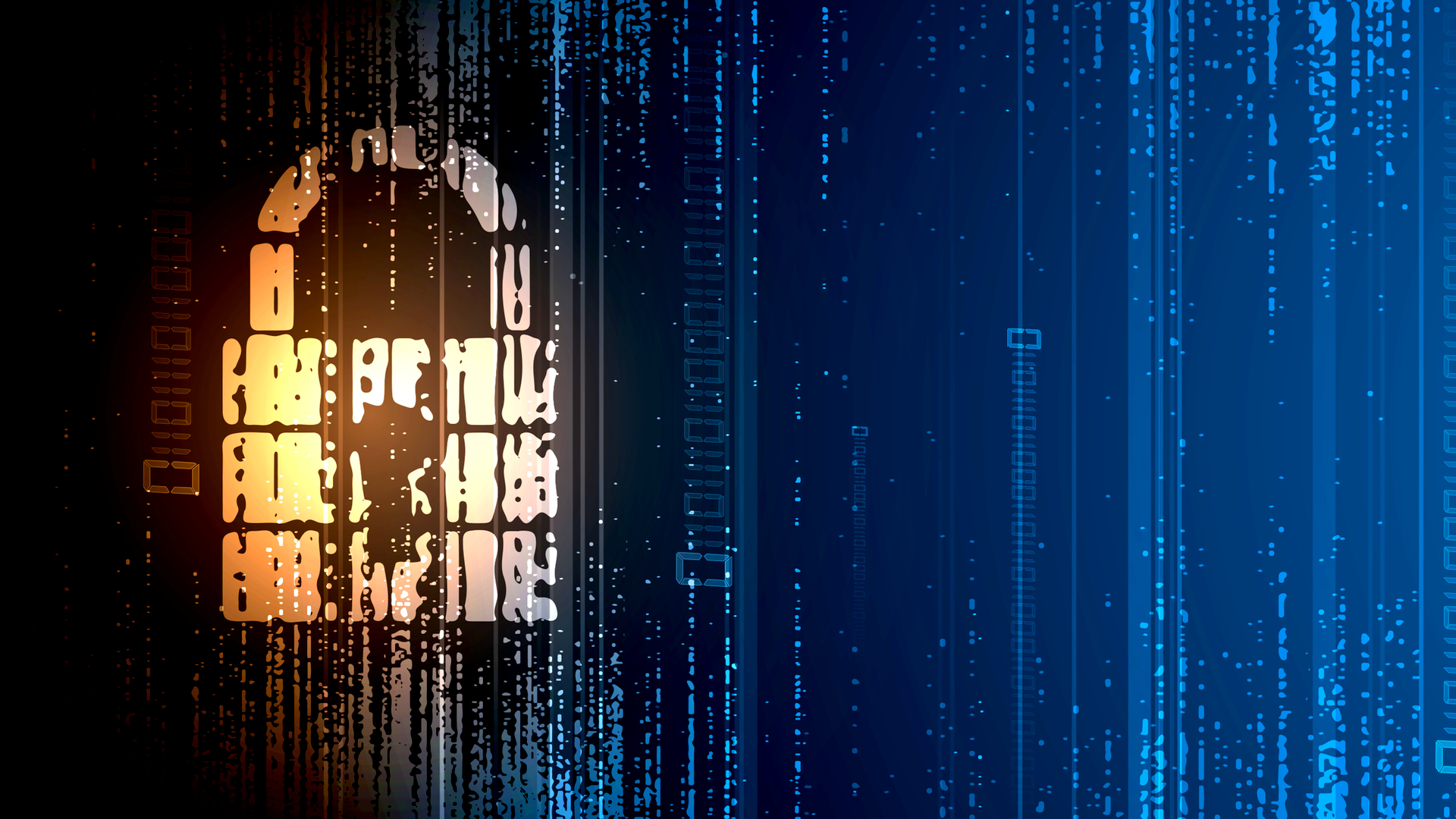Ryuk ransomware is now targeting web servers
Researchers discover that new functionality has been added to the malware to increase damage


Security researchers have discovered a new variant of the Ryuk ransomware that is targeting web servers.
According to a blog post by Marc Elias, a security researcher on the McAfee Advanced Threat Research team, Ryuk ransomware has shifted its attention to web servers since it no longer encrypts the index file but replaces it with the ransom note instead.
Elias said that the Ryuk infection chain usually starts with a spear phishing email that includes a malicious URL or Office document to gain initial entry into victim environments.In certain cases, compromised RDP computers provide the initial access.
In the first scenario, either Trickbot or BazarLoader will be executed and used as a loader malware, offering other actors the opportunity to purchase hacked machines.
Once access to the victim’s machines is acquired by the ransomware actors, a Cobalt Strike beacon is often downloaded in order to obtain users’ credentials and move laterally on the network to take over the domain controllers. Finally, the Ryuk binary is distributed to every machine from the domain controllers.
Elias said that Ryuk copies itself three times in the current directory with different names and launches these new executables with distinct command lines to execute different functionality in each execution.To notify the user about the encryption, Ryuk drops an HTML ransom note in every folder that it encrypts.
RELATED RESOURCE

Owning your own access security
The key to building strong cloud security and avoiding the risk of vendor lock-in
“This note is remarkably similar to the note used in other Ryuk variants, with the only difference being the use of a contact button with some instructions to install the Tor Browser,” said Elias.
Sign up today and you will receive a free copy of our Future Focus 2025 report - the leading guidance on AI, cybersecurity and other IT challenges as per 700+ senior executives
After file encryption, the ransomware will print 50 copies of the ransom note on the default printer.
Elias said that organizations should be on the lookout for traces and behaviors that correlate to open source pen test tools such as winPEAS, Lazagne, Bloodhound and Sharp Hound, or hacking frameworks like Cobalt Strike, Metasploit, Empire or Covenant, as well as abnormal behavior of non-malicious tools that have a dual use.
“These seemingly legitimate tools (e.g., ADfind, PSExec, PowerShell, etc.) can be used for things like enumeration and execution. Subsequently, be on the lookout for abnormal usage of Windows Management Instrumentation WMIC (T1047),” he said.
Elias added that in the first half of the year, several Ryuk actors have been known to be actively launching new campaigns and targeting organizations all over the world.
“This is the reason we believe the criminals behind Ryuk will continue to develop new features and invent new methods to maximize their profits,” he added.
Rene Millman is a freelance writer and broadcaster who covers cybersecurity, AI, IoT, and the cloud. He also works as a contributing analyst at GigaOm and has previously worked as an analyst for Gartner covering the infrastructure market. He has made numerous television appearances to give his views and expertise on technology trends and companies that affect and shape our lives. You can follow Rene Millman on Twitter.
-
 AI Fatigue: Is the backlash against AI already here?
AI Fatigue: Is the backlash against AI already here?Feature The proliferation of AI tools in the market is creating confusion, decision paralysis, and declining productivity…
-
 Epson EcoTank ET-4956 review
Epson EcoTank ET-4956 reviewReviews This refillable inkjet MFP does everything you need in a small office – it's compact and cheap to run, too
-
 15-year-old revealed as key player in Scattered LAPSUS$ Hunters
15-year-old revealed as key player in Scattered LAPSUS$ HuntersNews 'Rey' says he's trying to leave Scattered LAPSUS$ Hunters and is prepared to cooperate with law enforcement
-
 The Scattered Lapsus$ Hunters group is targeting Zendesk customers – here’s what you need to know
The Scattered Lapsus$ Hunters group is targeting Zendesk customers – here’s what you need to knowNews The group appears to be infecting support and help-desk personnel with remote access trojans and other forms of malware
-
 Impact of Asahi cyber attack laid bare as company confirms 1.5 million customers exposed
Impact of Asahi cyber attack laid bare as company confirms 1.5 million customers exposedNews No ransom has been paid, said president and group CEO Atsushi Katsuki, and the company is restoring its systems
-
 The US, UK, and Australia just imposed sanctions on a Russian cyber crime group – 'we are exposing their dark networks and going after those responsible'
The US, UK, and Australia just imposed sanctions on a Russian cyber crime group – 'we are exposing their dark networks and going after those responsible'News Media Land offers 'bulletproof' hosting services used for ransomware and DDoS attacks around the world
-
 A notorious ransomware group is spreading fake Microsoft Teams ads to snare victims
A notorious ransomware group is spreading fake Microsoft Teams ads to snare victimsNews The Rhysida ransomware group is leveraging Trusted Signing from Microsoft to lend plausibility to its activities
-
 Volkswagen confirms security ‘incident’ amid ransomware breach claims
Volkswagen confirms security ‘incident’ amid ransomware breach claimsNews Volkswagen has confirmed a security "incident" has occurred, but insists no IT systems have been compromised.
-
 The number of ransomware groups rockets as new, smaller players emerge
The number of ransomware groups rockets as new, smaller players emergeNews The good news is that the number of victims remains steady
-
 Teens arrested over nursery chain Kido hack
Teens arrested over nursery chain Kido hacknews The ransom attack caused widespread shock when the hackers published children's personal data
